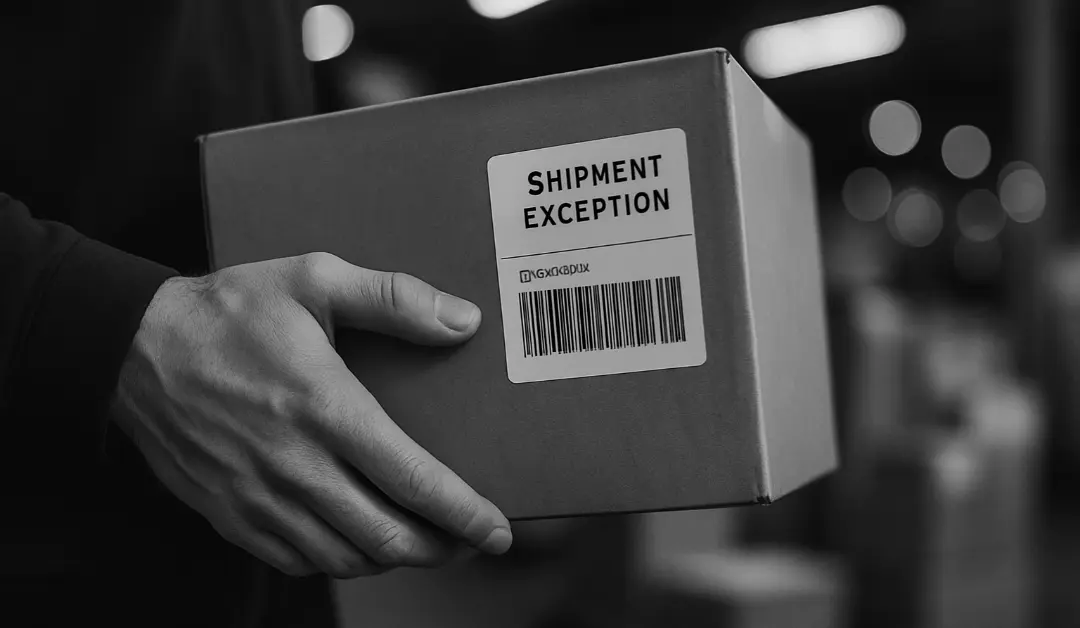Introduction
Logistics is a complex web that ensures goods are transported quickly and without damage.
You might have heard about terms like 1PL, 2PL, 3PL, and 4PL, which might initially sound like alphabet soup. But these terms are essential to grasp because they help us understand different parts of how logistics work. In this blog post, we’ll look at 1PL, 2PL, 3PL, and 4PL to see what they mean and how they impact supply chains.
1PL: Doing Everything Yourself
First, let’s talk about 1PL or First-Party Logistics. Imagine you have a toy store and handle everything related to getting toys to your customers. You buy the toys, store them, send them to customers, and make sure everything runs smoothly. That’s 1PL – doing all the work yourself.
Advantages of 1PL:
- Total Control: You have complete control over your business so that you can make quick decisions.
- Privacy: Your toy store’s secrets stay secret because you don’t share information with anyone.
- Saving Money: If you have enough resources, it can be cheaper to do everything yourself.
Disadvantages of 1PL:
- Complicated: Managing everything on your own can be complicated and demanding.
- Hard to Grow: If your toy store gets bigger, it can be tough to handle everything alone.
2PL: Getting Help for Some Things
Now, let’s look at 2PL or Second-Party Logistics. Instead of doing everything yourself, you decide to get some help. You might hire a company to deliver the toys to your customers, but you still handle everything else, like buying and storing the toys.
Advantages of 2PL:
- Expert Help: The delivery company knows what it’s doing, so things run smoothly.
- Saving Money: You can save money because you’re not doing everything yourself.
- Growing Easier: It’s easier to grow your toy store because you have some help.
Disadvantages of 2PL:
- Coordinating: You must ensure the delivery company works well with your toy store.
- Less Control: You have less control over the process because someone else is involved.
3PL: Outsourcing Everything
Now, let’s explore 3PL or Third-Party Logistics. This is when you let someone else handle almost everything related to your toy store’s logistics. You hire a company to buy the toys, store them, and deliver them to customers.
Advantages of 3PL:
- Focus on Your Toys: You can focus on making and selling toys while experts handle logistics.
- Saving Money: The logistics company can save you money by being good at what they do.
- Going Global: If you want to sell toys worldwide, a 3PL can help you do that.
Disadvantages of 3PL:
- Less Control: You don’t have as much control over the details of how things work.
- Costs: Depending on what you need, 3PL services can get expensive.

4PL: Managing the Managers
Lastly, we have 4PL or Fourth-Party Logistics. This is like having a master organizer for your toy store’s logistics. You hire a company that manages everything, including working with other logistics companies.
Advantages of 4PL:
- Super Organizer: The 4PL company is like a super organizer, ensuring everything works smoothly.
- Focus on Strategy: You can think about big ideas while they handle the details.
- Using Technology: 4PL companies often use technology to improve things.
Disadvantages of 4PL:
- Depending on Others: You depend significantly on the 4PL company, which can be tricky.
- Costs: 4PL services can be expensive, especially for smaller businesses.

Choosing the Right Logistics Plan
Now that you understand the different logistics plans, how do you pick the right one for your toy store? Here are some things to think about:
- Size Matters: If your toy store is small, starting with 2PL or 3PL might be best. If it’s big, you could consider 1PL or 4PL.
- How Complicated Is Your Store?: If your toy store has many moving parts, 4PL might help. But if it’s simpler, 2PL or 3PL could be enough.
- Money Matters: Think about your budget. If you’re on a tight budget, 1PL and 2PL might save you money.
- Adaptability: Consider how quickly you need to change things. 2PL, 3PL, and 4PL can be more flexible than 1PL.
- Special Rules: Some businesses, like medical supply stores, have special rules. Make sure your logistics plan follows those rules.
Conclusion
In logistics, understanding 1PL, 2PL, 3PL, and 4PL is like figuring out which pieces fit your business puzzle. Each one has its own advantages and disadvantages, and the right choice depends on your toy store’s size, complexity, budget, and specific needs. A smart logistics plan can help your toy store work better, cost less, and make customers happier, giving your business a better chance to succeed in a competitive market.




